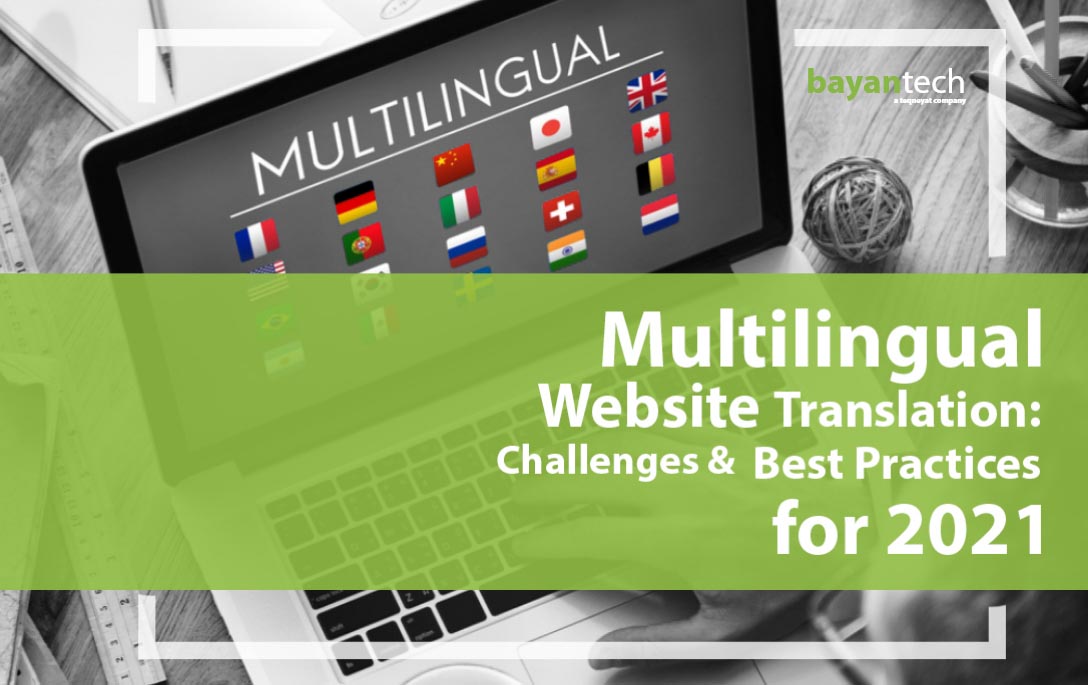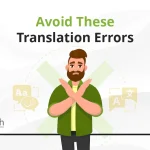A website is the most important digital marketing asset a company can have. Whether for online shopping or by simply providing information about products or services, a website serves as a touchpoint between the brand and customers. And, aside from your social media channels, your website is a platform you can control to reach your own goals.
Whatever your industry, having a strong presence in the digital world is essential to engage global audiences. If you’re working to expand your brand abroad, adapting your website to meet your international goals is key. That’s when website localization and translation services enter the game.
In this post, we’ll explore multilingual website translation, localization, and how these two services can boost your business. Plus, we’ll bring attention to key factors to take into account before deciding to revamp your website for multilingual audiences.
What’s Multilingual Website Translation?
Multilingual website translation is a type of language service that focuses on adapting website content across languages and cultures.
It’s worth remarking that website translation (like most types of translation) isn’t just about language, it also involves culture. When taking advantage of your website to address foreign markets, you won’t just want to translate your site. You’ll want your message fine-tuned and reshaped to engage your new audiences.
On the other hand, unlike marketing brochure translation for instance, multilingual website translation involves the adaptation of an interface. Your website isn’t just a catalog that users consume passively. It’s an interface, i.e. interactive. Therefore, cross-cultural adaptation will also have to be guided by user experience best practices.
So yes, multilingual website translation is about more than just language. But, what if we told you that creating a multilingual website involves far more than just translating your website?
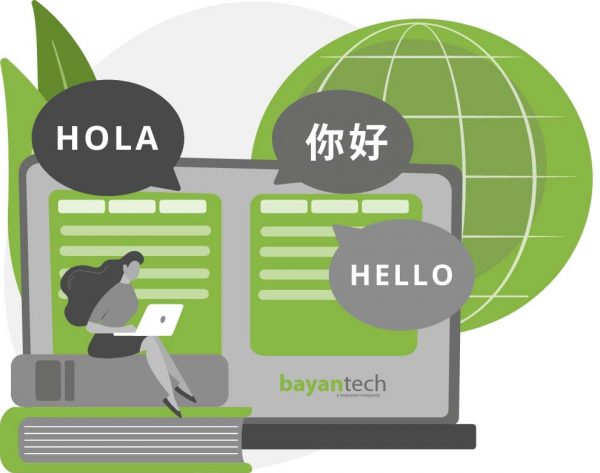
Creating a Multilingual Website with Localization
Any dive into multilingual sites would be incomplete if we didn’t mention localization. Localization is a type of language service that addresses the source material in a holistic and cross-disciplinary fashion.
For instance, when you hire a professional website translator, you do so with the expectation that they will deliver you a bunch of translated pages. These pages can be perfectly crafted to explain your products, engage your users, and invite them to take the next step. These pages might be culturally appropriate, creatively written, and effective.
But, what’s next? If a website were just a lot of great text strung together, the discipline of website design would not exist. After getting translated versions of your website pages, you’ll need a web design service that adapts your site’s user experience to your target locale.
If you want to rank on Google (or any local search engine) and attract international traffic, you’ll also need Search Engine Optimization (SEO) services. Specifically, multilingual SEO.
If your website includes audiovisual content, you’ll need to get it subtitled. If this content is infused with cultural references, you may need to have it remade.
Do you need extra help finding the right LSP?
If you’re looking for professional multilingual website translation, we’ve got a free guide for you.
All these important aspects of how your website will be experienced by your visitors far exceed the scope of a regular translation process. A website localization services provider, on the other hand, will cover all these potentially problematic aspects, and put a multidisciplinary team to work on them.
However, let’s not get ahead of ourselves. You might still be wondering if your company needs a multi-regional, multilingual website to begin with. So let’s dive a little deeper.
Does your Business Need a Multilingual Website?
A survey carried out by CSA Research in 2020, aimed at online customers from 29 different countries, found that 76% of online shoppers prefer to buy products with information in their native language.
In addition:
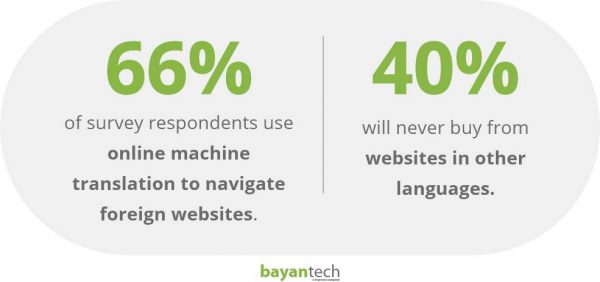
These numbers are clear, but they’re not surprising. Contemporary customers are characterized as “super informed”. The wide availability of customer reviews for B2C products, as well as the rise of content marketing and information-driven customer journeys in B2B, result in users that want to know everything they can about a product/company before making the purchase decision.
In this context, in which being transparent and informing the customer is the best way to engage them, a customer that can’t access your brand’s message will gravitate towards competitors.
If your company is planning to expand to a foreign market, you should have multilingual website translation (and localization) in your plans.
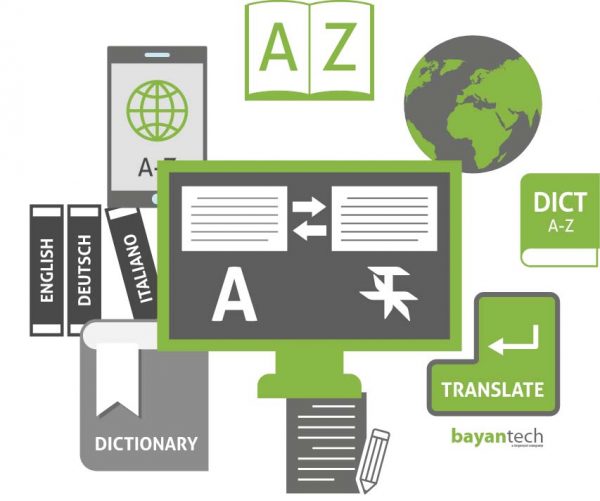
Multilingual Website Translation in 2021
Markets change, users change, companies change, and websites change too. As digital marketing and web development evolved, they combined forces to help companies meet strategic objectives.
Translating a website in 2021 is very different from translating a website in 2007. It carries new, specific challenges that must be addressed. For instance, most company websites today benefit from “conversational marketing”. Conversational marketing consists of engaging users through conversation. For instance, through a chatbot.
An eCommerce platform that provides customer support through a chatbot will require a multilingual chatbot, which will be “told” what language to speak through either IP detection, browser language detection, or by “reading” the website’s language attribute. Considering the role that these types of tools play in generating conversions, the possibility of a multilingual chatbot will need to be addressed as part of the eCommerce website localization process, just like automated currency conversion or other more conventional factors.
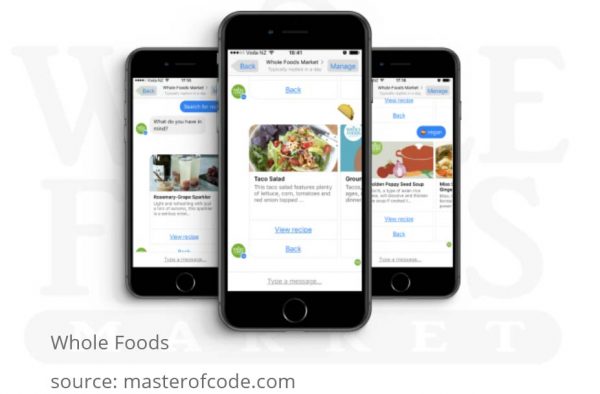
Another incredibly important aspect of multilingual website translation has to do with SEO. Sooner or later, during a website translation project, your marketing team will need to ask what keywords you’ll be competing for in your new market.
And one more challenge has to do with lead capture and lead magnets. What mechanisms will your website use to engage users before or after their purchase? Will you provide extra value via exclusive content?
Common Approaches to Multilingual Website Translation
Moving on from localization, let’s explore how multilingual website translation actually works. Website content translation is usually performed through one of three methods:
- A website translation proxy
- A translation connector
- “Traditional” translation
Website Translation Proxy
A website translation proxy mirrors the original version of your source site and displays the translated pages into the target languages, while also providing automated monitoring of content updates and applying translation in a matter of seconds.
Since website translation proxies work with content, not interface, they are ideal when your source and target cultures are so alike that you don’t need to change your website’s design to appeal to either of them.
Translation Connector
This approach is really helpful when regular content updates are a necessity. Especially when you don’t have the skills and expertise to carry out the website localization process by yourself. This is also a great option if you’re operating multiple language websites and need to update your content across versions.
A connector integrates your Content Manager System (CMS) and the translation management system of your language service provider of choice. For instance, a connector may come in the form of a WordPress plugin. With a connector, your LSP can translate your site using their in-house tools and apply changes automatically.
Sign up to our newsletter to receive the latest blogs and news.
Traditional Translation
If you won’t be adding new material to your site regularly, you’re working with a reduced budget, or if you’re not working with any content management system, this approach is for you.
“Traditional” translation and localization consists of having your site translated into your target language by a professional team of linguists and integrated into a culturally adapted design by a localization team. If your website doesn’t feature changing material, this is probably the best approach.
For instance, traditional translation may be ideal for a website that’s promoting an event and capturing leads through a sign-up form.
What will happen after users who speak different languages sign up for the event is a completely different story, which goes beyond the scope of this article. But, for the site itself, this straightforward approach will meet the mark at a modest budget.
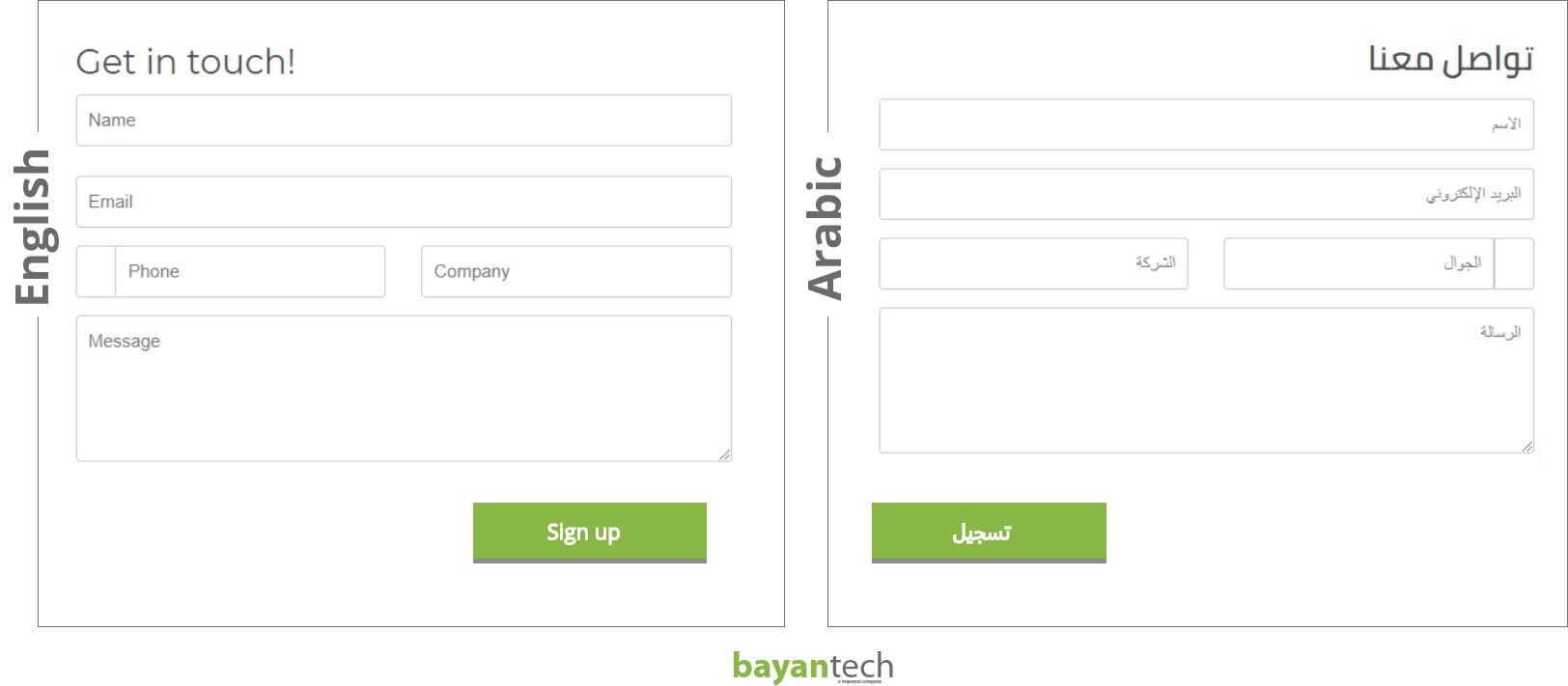
5 Multilingual Website Translation Best Practices
While your project’s success will be in the hands of your LSP, the role you decide to take and the priorities you set will make a world of difference. In this section, we’ll share 5 tips you should have in mind when embarking on a multilingual website translation project.
1- Automatic Translations Aren't Worth It
Google Translate will not be an effective alternative to professional translation. Translation isn’t just about changing the words in a text. It requires cross-cultural insight, communication expertise, and empathizing with the reader.
This is especially the case if your source and target languages/cultures are profoundly different. For example, while a French to Spanish automatic translation won’t do the job, an automated English to Arabic translation could be profoundly offensive at best and absolutely illegible at worst. An Arabic translation services provider, on the other hand, would deliver a goals-oriented, grammatically correct, and culturally correct translation.
2- Become an Active Part of the Translation Process
The best LSPs are those that give their customers the chance to bring their expertise to the table. Your LSP will know how to build a bridge between your home and target cultures. But only you know your product, your customer, your industry, and the needs you serve.
During your multilingual website translation project, provide your LSP with any brand assets they may need and establish a collaborative relationship with your project manager. That way, you’ll minimize mistakes, serve as a trustworthy reference for the translation team, and stay on top of the project.
3- Approach the Project with the Future in Mind
Especially in fast-growing industries, it’s easy to get stuck in today’s problems. But great localization can’t be performed quickly. A website that was localized in a hurry may have foundational issues that could hinder future localization efforts.
4- Be Growth-driven
Just like a poorly localized website will hurt your future expansion efforts, if you localize your website properly, you’ll be able to build upon it, as your brand grows and changes.
If your website is large, with dozens or hundreds of pages, the prospect of a multilingual website translation project may be daunting. But you don’t have to translate or localize everything at once. Adopt a growth-driven approach. Localize essential pages first to create a foreign language Minimum Viable Product. As you learn more about your new customers, you’ll be able to expand your website in an intelligent and strategic way.
5- Don't be Afraid to Ask
Do you have questions about how a language switcher will integrate into your layout? Are you wondering about what your localization budget may or may not include? As we alluded to before, communication is key. Communicating clearly and honestly is one of the most underrated website localization best practices, and it’s absolutely vital. If you have any questions regarding your project, reach out to your PM. A professional LSP will be open to answering all your questions.
The Perfect Match for your Multilingual Website Translation Needs
Looking for professional website translation and localization services? At bayantech, we’re a seasoned language service provider with almost two decades of experience. We combine native language linguists, ISO-certified processes, and enterprise-grade tools to support our clients’ expansion goals in the MENA region and beyond.

